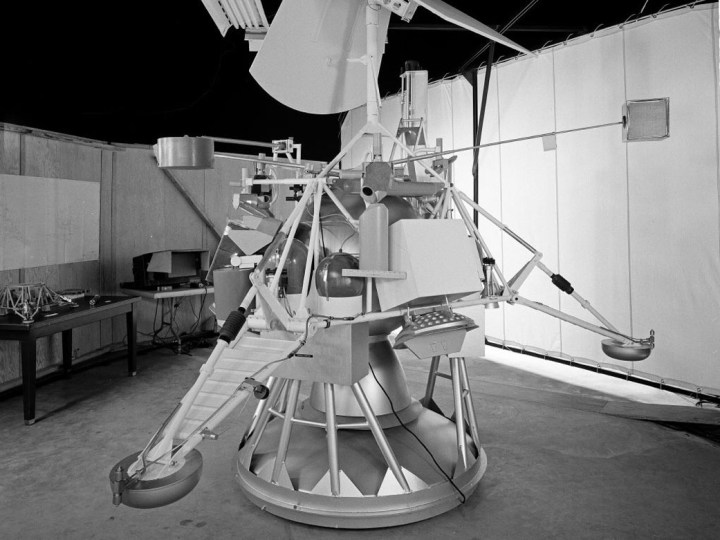
A strange near-Earth object (NEO) recently spotted orbiting close to our planet turns out to be the booster from a rocket from the 1960s, NASA has announced. Object 2020 SO was at first thought to be an asteroid, but it was notable for having an unusual orbit that brought it close to our planet. Now, further examination has confirmed that 2020 SO is a visitor from the past, being part of the 1966 Surveyor 2 mission to the moon.
Surveyor 2 was intended to be an uncrewed lunar lander which would photograph the surface of the moon ahead of the crewed Apollo 11 mission which landed in 1969. Surveyor 2, however, wasn’t so lucky, and while on its journey to the moon one of its thrusters failed, sending it into a tumble and causing operators on the ground to lose contact with the craft. A little piece of it remains, however, in the form of the Centaur upper stage rocket booster which was recently captured by Earth’s gravity and which will orbit our planet for a few months longer.
To confirm the spotted object was indeed a booster, a NASA team observed it using the Infrared Telescope Facility (IRTF) on Maunakea, Hawaii, but this was difficult. “Due to extreme faintness of this object following CNEOS prediction it was a challenging object to characterize,” said team leader Vishnu Reddy in a statement. “We got color observations with the Large Binocular Telescope, or LBT, that suggested 2020 SO was not an asteroid.”

The team performed more follow-up observations and was able to confirm that the object’s composition matched the 301 stainless steel used in the Centaur rocket boosters, although the readings were slightly altered by the 54 years that the material had spent in space.
“We knew that if we wanted to compare apples to apples, we’d need to try to get spectral data from another Centaur rocket booster that had been in Earth orbit for many years to then see if it better matched 2020 SO’s spectrum,” said Reddy. “Because of the extreme speed at which Earth-orbiting Centaur boosters travel across the sky, we knew it would be extremely difficult to lock on with the IRTF long enough to get a solid and reliable data set.”
As luck would have it, there was another similar Centaur rocket booster from 1971 in orbit, and the team was able to observe this. Comparing readings from the 1971 booster to the new object, they could confirm that object 2020 SO was a Centaur booster as well. Mystery solved.


